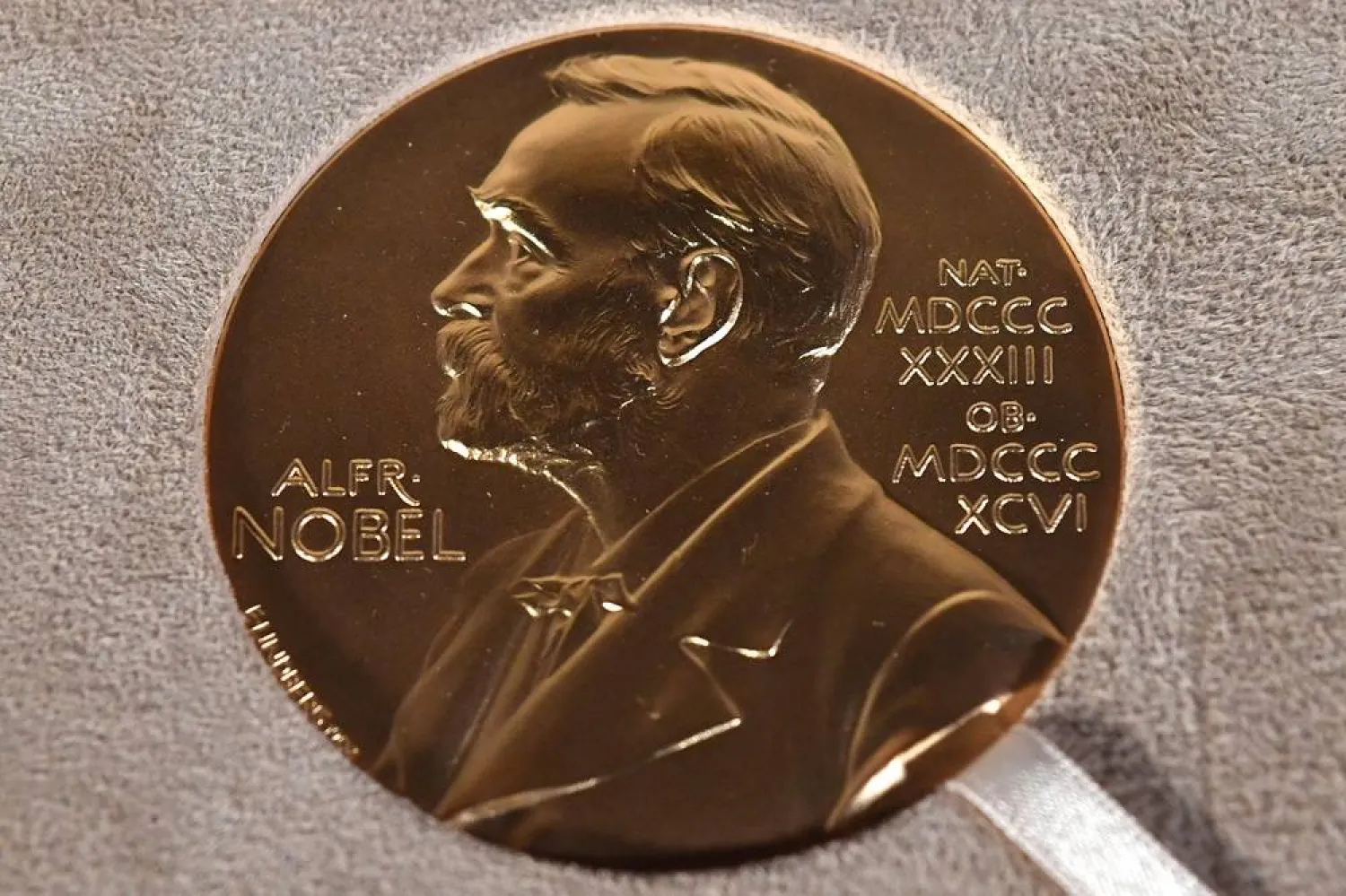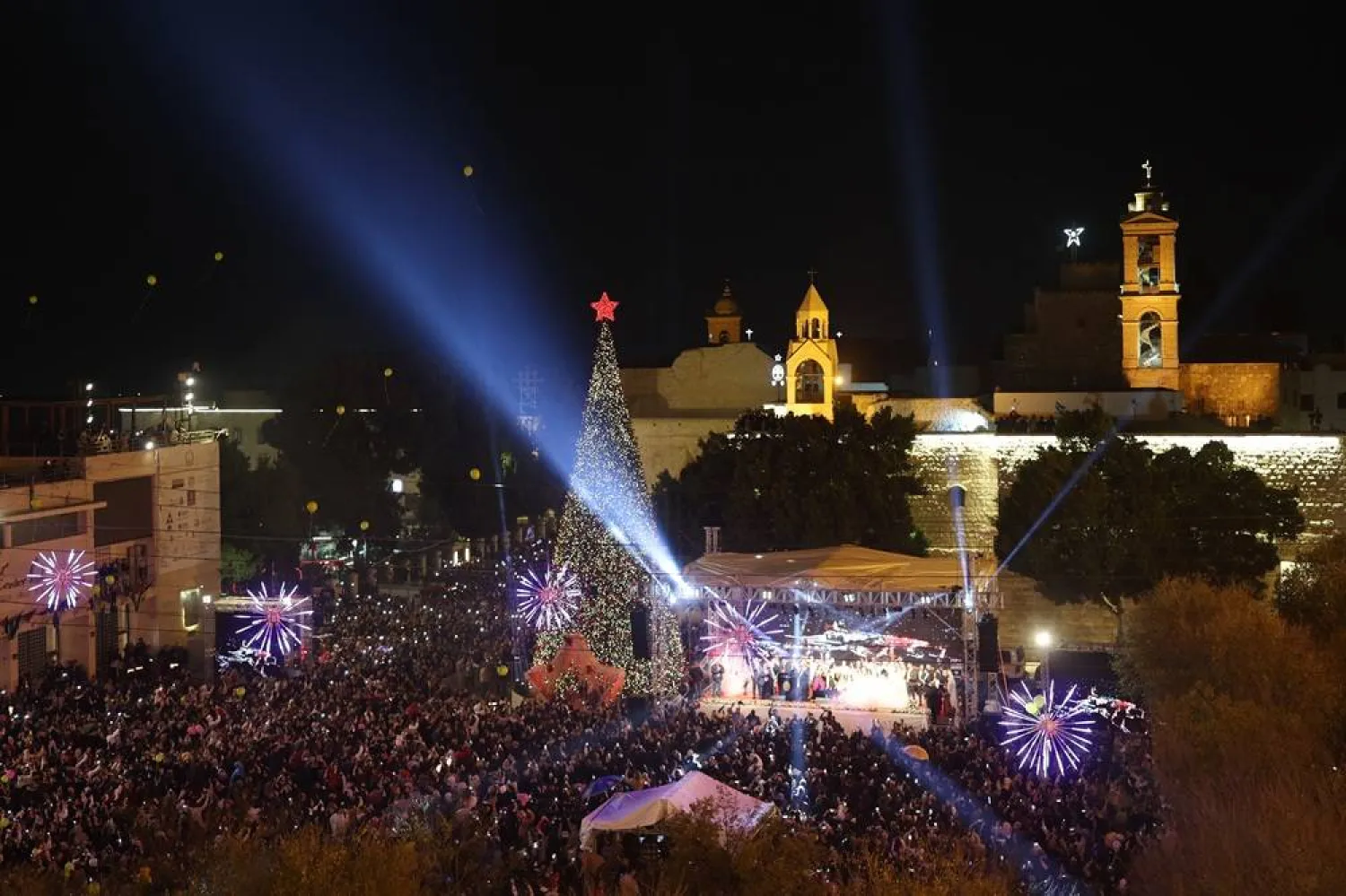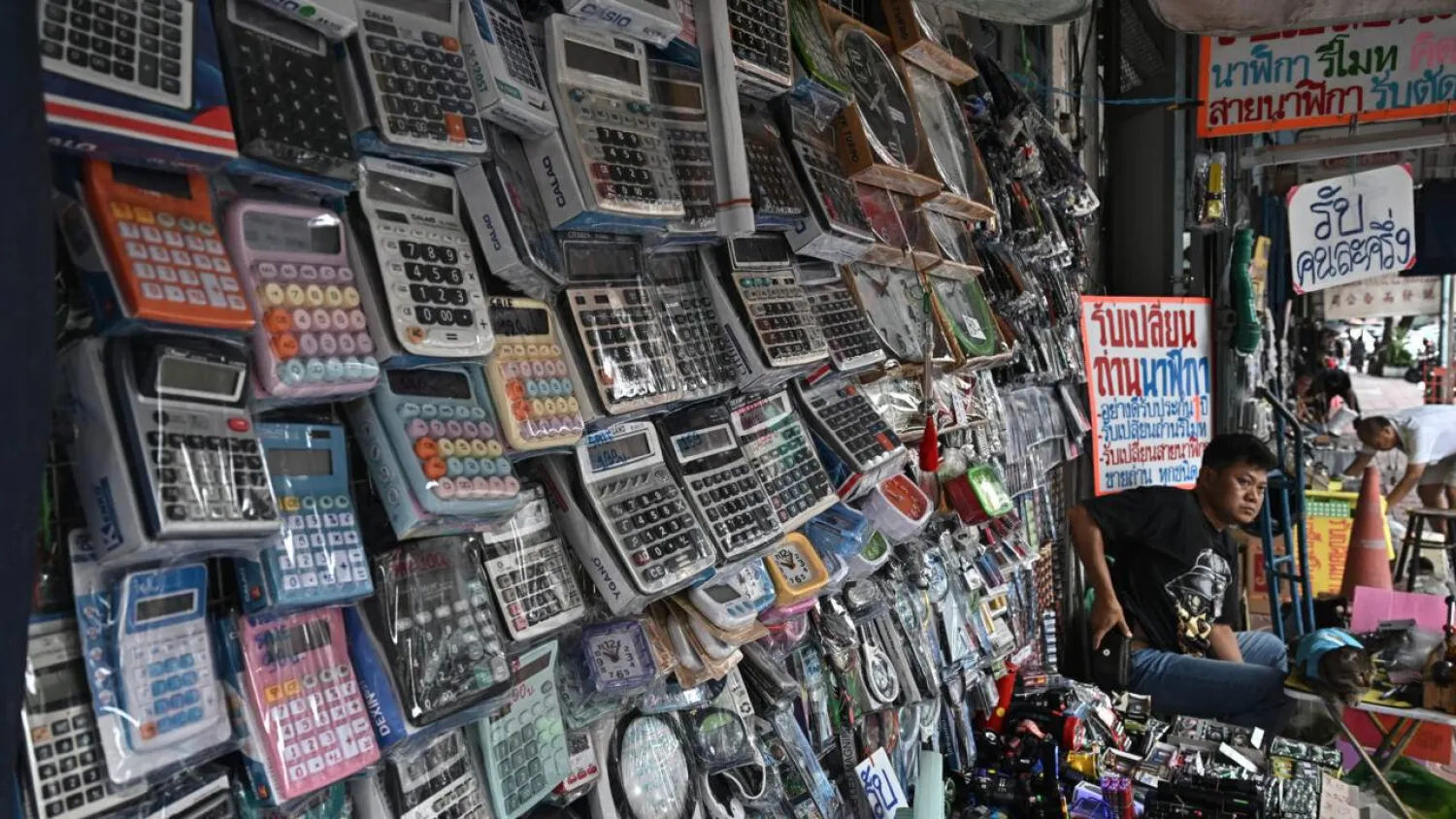A wintry mess was bearing down on mid-Atlantic states Tuesday with forecasts of significant snow and ice accumulations prompting warnings of potential power outages.
The National Weather Service said travel would become treacherous Tuesday through early Wednesday in much of Virginia and West Virginia.
Virginia Republican Gov. Glenn Youngkin on Monday declared a state of emergency ahead of the storm, allowing state agencies to assist local governments. Schools and government offices throughout Virginia were closed Tuesday.
The heaviest snow, up to 10 inches (25.4 centimeters), was forecast in portions of northern and central Virginia and eastern West Virginia. Ice accumulations could range from a glaze in Kentucky and West Virginia to a half-inch (1.3 centimeters) in the Roanoke Valley of southwest Virginia, the weather service said. Power outages and tree damage were likely in places with heavy ice buildups.
“Did you think winter was over? Think again!” the weather service's office in Blacksburg, Virginia, said in a post on the social media platform X.
Appalachian Power, which serves 1 million customers in West Virginia, Virginia and Tennessee, said it has requested 700 additional workers from neighboring utilities to assist with problems by Tuesday morning.
In northern Virginia, the National Park Service closed a portion of the George Washington Memorial Parkway, a narrow highway that winds its way through woods along the Potomac River. The parkway connects multiple small national park sites and has historically been a trouble spot during winter storms for abandoned cars that created a slalom course for snowplows and other vehicles.
Winter storm warnings extended from Kentucky to southern New Jersey, and a flood watch was posted for a wide swath of Kentucky, Tennessee, southwest Virginia and northern Georgia. The snow-and-ice mix was expected to become all rain as temperatures climb by Wednesday afternoon.
A separate storm system is set to bring heavy snow from Kansas and Missouri to the Great Lakes on Wednesday, the weather service said.
Dangerous cold was forecast Tuesday from an Arctic air mass stretching from Portland, Oregon, to the Great Lakes.
The temperature was expected to bottom out Tuesday morning at minus 33 degrees Fahrenheit (minus 36 degrees Celsius) in Butte, Montana, where over the past two winters at least five people died due to cold exposure, said Brayton Erickson, executive director of the Butte Rescue Mission. Advocates for the homeless in the city of about 35,000 planned to be out on the streets distributing sleeping bags, jackets, mittens and other cold weather gear to anyone who needs them, Erickson said.
“When it gets this cold, we kind of pull out all the stops,” he said. “Having all those resources available literally can save their life or keep them from frostbite.”









